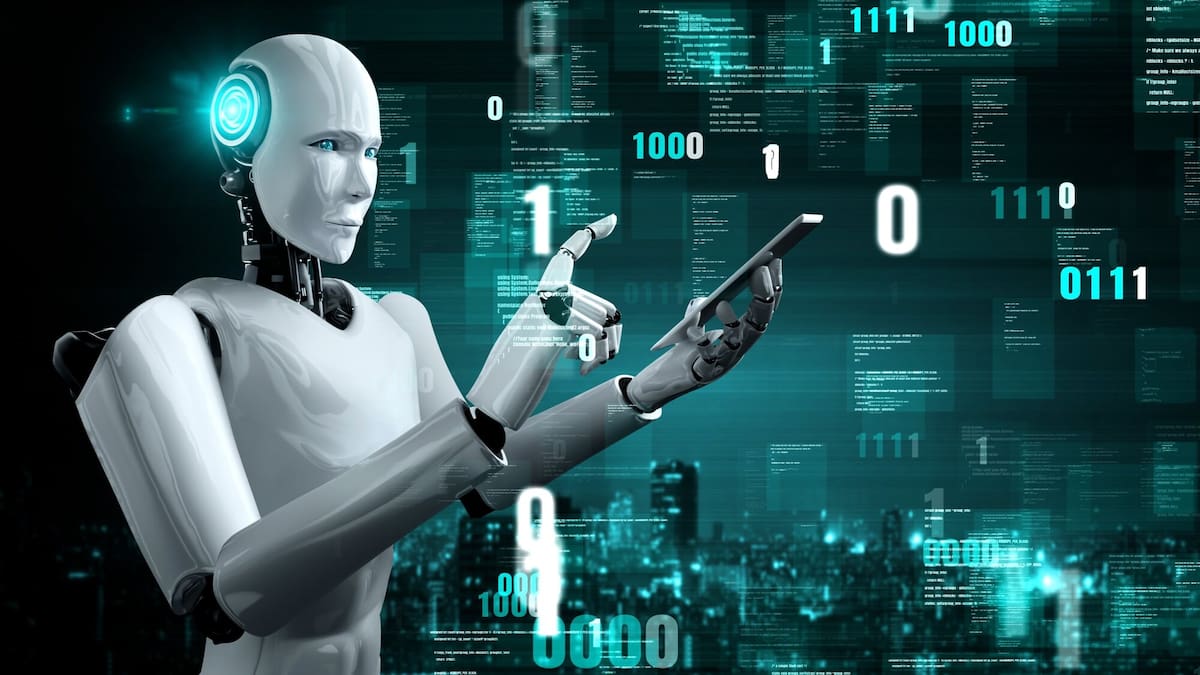Technology routinely creates more jobs than it eliminates, Millet and Coyle argue. The trick is to ensure the workforce adapts quickly enough to meet the demand to service what is already a multibillion-dollar industry.
For instance, Microsoft president Brad Smith predicts the US will need 500,000 new electricians in the next decade, and others in the skilled workforce and trades, to build the infrastructure needed. Earlier this year, Google’s philanthropic arm announced a $17.4 million grant to fund a joint programme to train 100,000 electricians and 30,000 new apprentices.
With banks, accountancy and law firms already investing heavily in AI, it might well be white-collar, middle-management jobs that are the hardest hit. And those who had a hand in developing AI might also have to find a new vocation as global tech firms lay off tens of thousands of workers, replaced by AI.
Although surveys show the majority of Kiwis fear AI because of uncertainty over jobs, ethics, misuse of data and accuracy, the technology is already well embedded in our lives.
Students use AI to help summarise lecture notes, organise study schedules, devise tests and mark the results, and write essays. Elsewhere, Kiwis ask AI to help them write their CV, a letter to excuse them for a late assignment or ask a tricky question such as, “how do I dispose of an old fire extinguisher?”
The older generation might well be asking AI: “Which is the best river cruise to do on the Danube?”
Artificial intelligence will increasingly become part of everyday life. Rather than fear AI-creep, a better tactic is for Kiwis to get to know it.
The Government, businesses, schools, tertiary educators and training institutions all need to adapt quickly to make sure the Kiwi workers of tomorrow not only understand and use AI, and other new technology, but have the skills to fill the jobs that will inevitably emerge with it.

